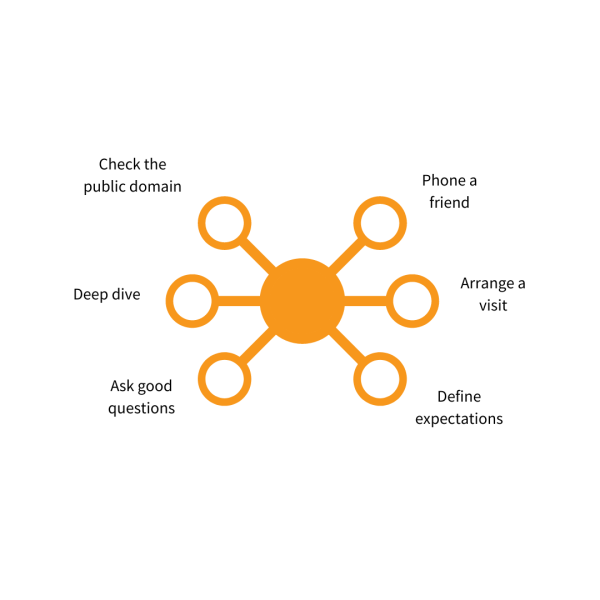Home Articles How-to How to undertake grantmaking due diligence
How to undertake grantmaking due diligence
The level of due diligence you undertake can vary, and will often depend on the size of the gift you are planning to give. Below we outline some of the ways you can research a charity before you choose to give.
Check the public domain
Obtain a copy of the organisation’s key documents, on their website or the Australian Charities and Not-for-Profits Commission (acnc.gov.au):
- strategic plan
- theory of change
- annual report
- constitution
- last audited financial statements
Questions which may come to mind, could include…
- Do its current activities reflect its original purpose?
- Is the leadership inspiring and the board engaged and skilful?
- What risks are the board managing, given historic performance and current financial health?
Phone a friend
Check in with other funders, often listed in the organisation’s annual report and contact them. Ask them for any feedback on their experience of the organisation – what has worked, or not, in their partnership to date? APS may be able to help you with introductions if you’re not sure who to contact.
Diving deeper…..
To take a closer look at a charity, points to consider could include:
- Leadership indicators – review of governance, strategy and business planning, financial health and sustainability, executive team and other key staff.
- Organisational effectiveness – is the entity’s theory of change reflected in activities and operations (including a breakdown of how funding is allocated across programs, administration and other expenses)
- Risk factors & red flags – consider external operating and legislative environments, collaboration and peer-facing engagement, change management
- Performance – understanding of outcomes, successes, challenges and reported impact to date.
Arrange a visit
Visit an organisation, meet the staff and its clients (if that’s appropriate). Does your sense of the organisation match its brand in the public domain? Proportionality is key: don’t be forensic if your likely level of support is limited – be respectful of the organisation’s time and limited resources.
Ask good questions
Depending upon the nature of the organisation’s work these might include:
- What risks is your organisation managing? (Volunteers? Board or staff churn? Diminishing government funding? Key person risk? Founder syndrome?)
- What constitutes success? What internal and external evaluation processes are in place to measure social impact?
- What is your organisation’s commitment to performance and learning from mistakes? How do you cultivate a culture of continuous improvement?
- Who else do you work with and how? Which other organisations are delivering similar services? What is your organisation’s point-of-difference and how do you collaborate with others?
- What is the main policy-level or structural driver informing your organisation’s work?
Discuss your expectations
If you decide to proceed with a gift, it’s best to establish parameters and expectations around communications and reportage beforehand. Would you like to:
- meet with the charity every six months?
- receive a progress report every 12 months?
- simply sign up to their newsletter and annual report?
- or is your engagement model more involved? Would you like to engage your children or other foundation stakeholders in the partnership, in some way?
If the level of your support is modest, be respectful of the organisation’s time when considering your reporting expectations.
